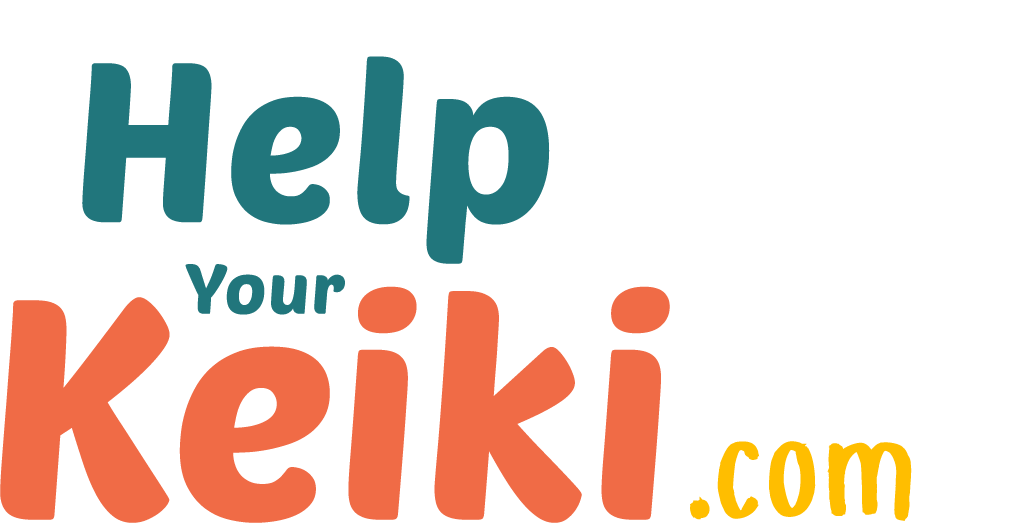Training for youth or parents in how to communicate effectively with each other in order to minimize stress and increase positive interactions. This may include active listening, “I” statements, symbolic communication strategies (e.g., picture exchange communication cards), or basic social exchange (e.g., nodding yes or no).
What should my therapist be doing?
Explaining to you and your child the importance of good communication.
Describing different strategies for good communication.
Demonstrating to you and your child how to use communication strategies.
Having you and your child practice good communication strategies.
What should I be doing?
Encouraging your child to use their new communication strategies.
Providing your child opportunities to practice their new communication strategies with you and other caregivers.
Praising your child for using their communication strategies.
How will I know if it is working?
You and your child will be able to communicate with less conflict.
Your child is more willing to communicate with you and other caregivers.





















